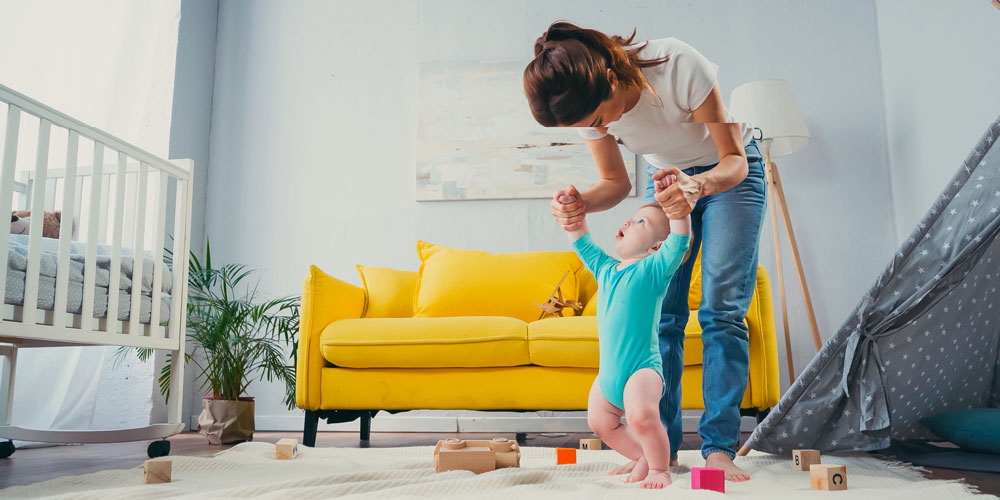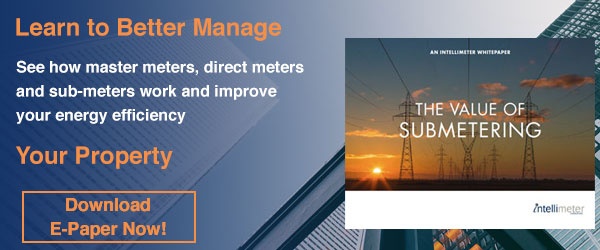Energy efficiency is becoming a growing concern for real estate developers and homeowners worldwide, but it doesn't need to be scary or stressful. Besides being good for the environment, making your home sustainable and efficient will also help you cut down on costs. We will look at the best ways to make your home more energy-efficient without impeding your comfort or quality of life.
Adjust the temperature in your home
While it may be tempting to crank up the AC and leave it running, remember that heating and cooling your home use the most energy. Lower the thermostat slightly; you won't freeze during the winter or endure the scorching summer heat, but you will see the difference in your bill. Consider installing a smart meter to better control and understand your energy consumption. Turning off the heat while you are away and monitoring how much energy you use can make all the difference to the bills and the overall expenditure and energy waste.
If your home uses natural gas, heating and cooking is probably the highest use, so the same recommendations we would make for the summer heat, apply for the winter months, lower your thermostat by a couple of degrees and wear a sweater indoors. Ask your utility to share the real time reads from the meter or hourly consumption reports as they can help you understand when you consume most of the gas. The meter data is crucial to anticipate trends and modify your behavior at home to drive savings.
Support your home with proper insulation and airflow control
Double and triple glazed windows will complement any heating solution you have set up. Preventing drafts and controlling airflow by sealing any air leaks is a great way to make your home more energy-efficient. Be sure to seal any cracks in your drywall and fixtures with compound or silicone. Applying additional insulation to your roof or attic can also yield energy savings throughout the year.
Adapt LEED guidelines to make your home energy efficient
Leadership in Energy and Environmental Design (LEED) is an internationally recognized certification program. The main intention is to help buildings incorporate sustainable solutions, with one of the most critical components being sub-metering. Accurately reading your building's energy consumption can point out any weak spots. Many new buildings incorporate sub-meters, but they can also be retrofitted in existing properties. You may think how will that help me at home? Well, having a view of your consumption circuit by circuit, on a real time basis will tell you how much energy you consume in illumination, heating and air conditioning, in the kitchen and in the living room and at what times you are using it. We have seen consumers that only after seeing detailed sub meter reports realize that the snow-melting traces had been left energized during the summer !
Rethink your water usage
Outfitting your home with toilets and showers that are water-efficient is a great way to spend less water. Toilets are the primary source of water consumption in most homes, so consider installing low-flow, dual flush, or vacuum-assisted flushing toilets.
Changing everyday habits can also lead to extensive water savings. Shut off the water while brushing your teeth or shaving. Showering instead of bathing can also save almost 60 gallons on average.
If you are moving into a previously owned home
When moving into a home that is not energy-efficient and sustainable, use this as an opportunity to renovate and go green. A fresh start will help you feel better about yourself, especially if you have done something for the environment. Not all eco-friendly solutions need to be on a grand scale and require renovations (which are often initially costly and time-consuming). There is a lot of small scale work that is still green and will add to your home's sustainability.
Starting with the move itself, you can do that in an eco-friendly way, regardless if you are moving locally or overseas. There are moving companies invested in reducing their environmental impact.
Once you have settled, look at other small improvements, such as replacing incandescent light bulbs with LEDs, switching from a desktop to a laptop computer, or doing the laundry only when the washer is full.
There are multiple ways to make your home more energy-efficient and save money in the process. Energy savings can also make your property stand out since going green will give your home long term value and attractiveness on the real estate market once you decide to sell.


